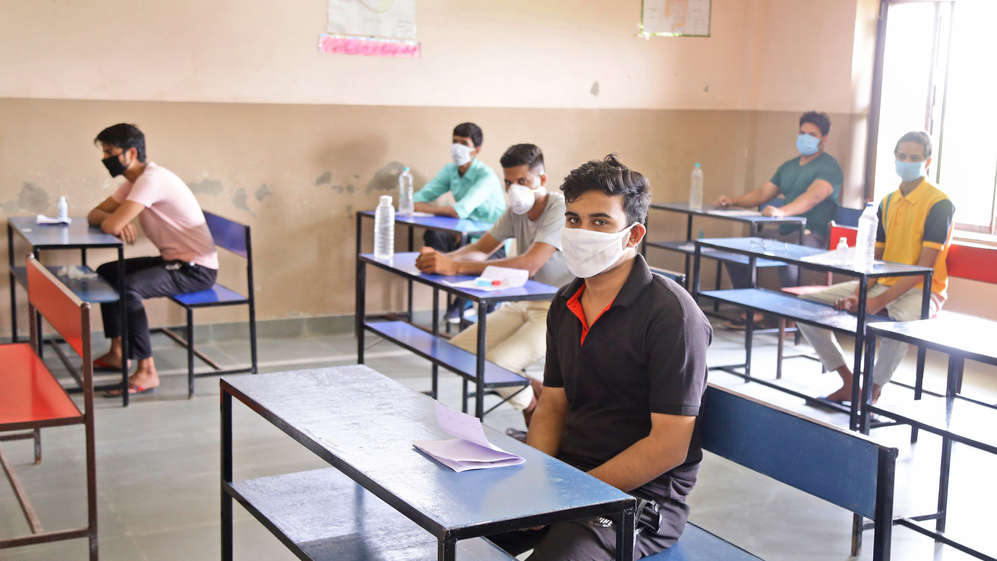Sir — The article, “Hollow test” (Sept 25), by Samantak Das was a pleasure to read. This could soothe the nerves of tense examinees across the country in the future. Learning by rote is no way to actually learn lessons, because there is a high chance that the student would forget them soon after the tests are over.
Yet, while it is true that an overhaul in the entire system of education is required — conducting regular tests, based on critical thinking, could be one way — students cannot afford to take examinations lightly at the moment. Unfortunate as it is, marks scored in board exams, especially, decide the future of the student to a great extent.
Shailaja Sen,
Calcutta
Sir — In his article, Samantak Das has revealed a bitter truth about the examination system in India and elsewhere. He has rightly analysed that examinations are but tools of ideological control. Ideally, examinations should judge students on their intelligence, creativity, ability to comprehend and use acquired knowledge. However, most examination systems do not help achieve any such goals.
It is true that thinking differently and answering questions according to their understanding and analytical capacity would fetch students lower marks. In comparison, students who learn by rote and write prepared answers score better marks. This problem has been raised earlier by educationists, but no fruitful measures have been adopted to eradicate them.
Another important issue raised by Das is the coercive decision of the current political dispensation to hold examinations, knowing full well that for students across the country the learning process has been severely disrupted on account of Covid-19 — the lack of proper internet connectivity and their inability to access books and other learning materials pose a grave problem. Political regimes should be more concerned about improving and facilitating the teaching and learning processes. Examinations can wait.
Yousuf Iqbal,
Calcutta
Goosebumps
Sir — Baby bumps are, evidently, cool. Social media platforms and traditional media cannot have enough of would-be moms — mostly celebrities — posing with their imminent bundle of joy. But why are the media or, for that matter, the public imagination, not enthused by the male paunch — the bhnuuri — a protrusion that can, on some occasions, be formidably generous? A paunch, after all, is the symbol of the labour and love of women, given that even in this day and age, most Indian men would not be able to cook a morsel to save their lives. Are the editors listening?
Buddhadeb Mukherjee,
Calcutta











